Cannabis sativa L. (Cannabaceae) goes as far back as 2000 years for use in Chinese medicine predominantly as a therapy for pain but also for use as a fiber, food, and general medicine. It has an interesting history—when combined with herbs and botanicals, it has a synergistic effect. CBD regulates the nervous system and lowers inflammation, and Chinese herbs promote circulation. Both aim to restore the body to homeostasis or balance that activates the endocannabinoid system.
When herbs and botanicals are combined with CBD, they work together to address pain through different pathways. Turns out CBD activates the herbs and speed up its effects from about a week to a couple of days.
A holistic approach to CBD is best because it maximizes its most natural state and maximizes its therapeutic value. At Honeyopathy, we maintain the plant's most natural state and then combine it with compatible botanicals and bee-based ingredients to further amplify it's medicinal benefits. Most products being sold are highly processed and therefore the more therapeutic value is reduced or removed entirely.
The Science Behind CBD
Cannabidiol (CBD) is considered the “medicinal” compound in the cannabis plant while THC is know for its psychoactive properties. It can be confusing because CBD is used as a general name for all varieties of extracts.
The defining difference between hemp and marijuana is their psychoactive component: tetrahydrocannabinol, or THC. Hemp has 0.3% or less THC, meaning hemp-derived products don't contain enough THC to create the “high” traditionally associated with marijuana.
The Endocannabinoid System
CBD is one of the main phytocannabinoids found within the cannabis plant. Most commonly derived from hemp–a classification of cannabis that has a low concentration of the psychoactive cannabinoid THC–CBD is known for its plethora of wellness benefits.
Phytocannabinoids such as CBD are uniquely capable of providing holistic and regenerative wellness benefits by working with the body’s own endocannabinoid system (or ECS).
The ECS is an internal system that relies on cannabinoid receptors throughout the nervous system to transmit chemical messages. These chemical messages are called endocannabinoids, and they are produced within the brain as needed to help regulate normal body function.
Endocannabinoids such as anandamide can help maintain homeostasis by binding with cannabinoid receptors (Cb receptors) throughout the body to reduce stress and tension, ease physical tension, provide sleep support, and help boost the mood, and more.
As a phytocannabinoid, CBD can work within the ECS to help strengthen and prolong the benefits of endocannabinoids.
Hemp vs. Marijuana
THC content is the main differentiator between hemp and marijuana. Any cannabis harvested and tested below 0.3% THC by mass (dry weight of flower before extraction) is classified as industrial hemp. Any cannabis harvested and tested above 0.3% THC at harvest is classified as marijuana.
CBD vs. THC
CBD is non-psychoactive and does not produce a high sensation like THC but it can produce a relaxed state of mind and body. CBD's popularity results from Western medicine's failure to address chronic and holistic dysfunctions like pain, inflammation, gut health, stress, anxiety, fatigue, sleep disorders, immune function, etc.
Isolate vs. Full Spectrum
Isolating CBD in a plant requires a significant amount of processing. With each process, beneficial compounds that 'synergize' with CBD to improve the overall benefits (as compared to CBD alone). This synergy called the “entourage effect”. formulations using isolate generally require greater serving sizes to experience results comparable to full spectrum formulas. Unfortunately many highly processed forms of CBD like isolate, nano-particle and water soluble advertise higher efficacy at lower serving sizes while actually delivering far less.
Our Extraction—Winterized Crude
Our preferred method of extraction is the least processed form because it is vastly rich with plant material and where we can derive the most full-spectrum cannabinoids, terpenes, and overall phytonutrients. Whilst it has a strong flavor and is more difficult to work with, when combined with honey and other botanicals, it makes it more palatable. Winterized crude is closest to the original plant and the best extraction for optimizing therapeutic value.

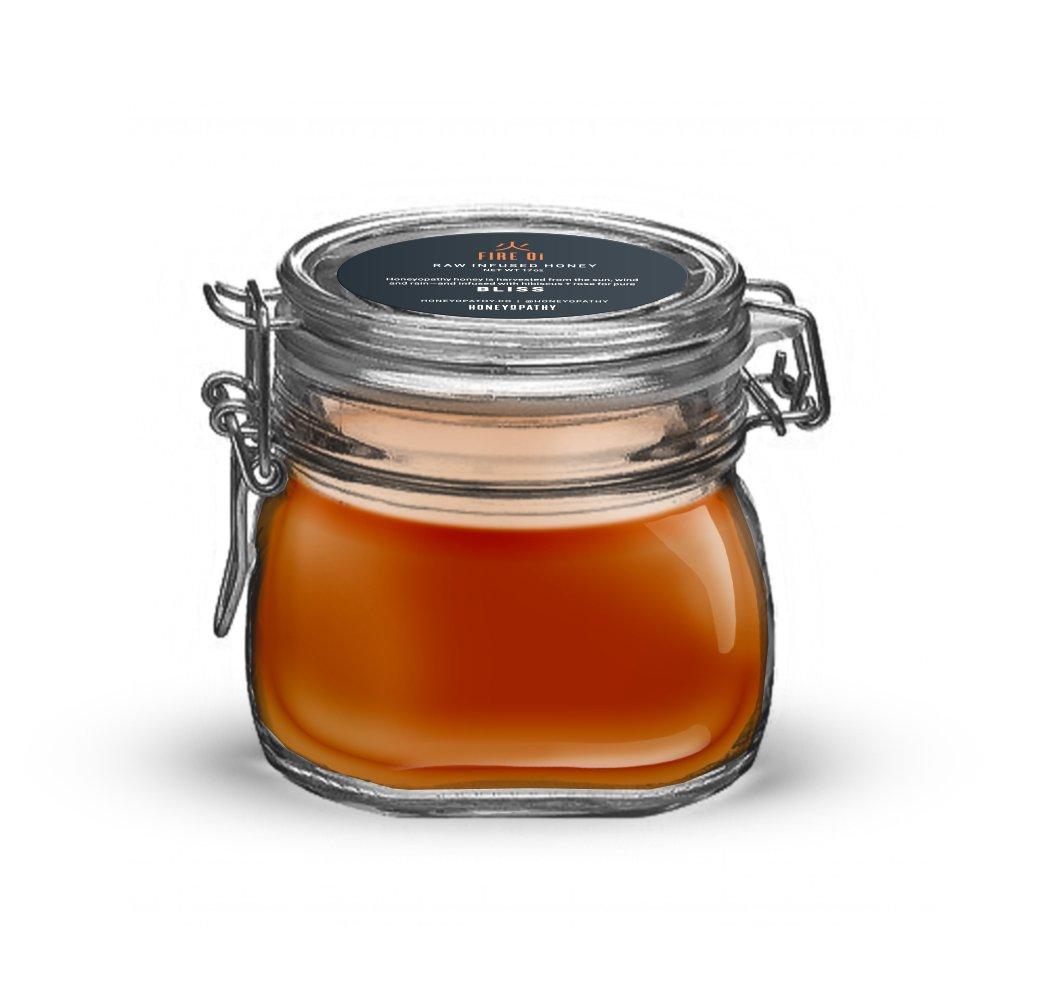


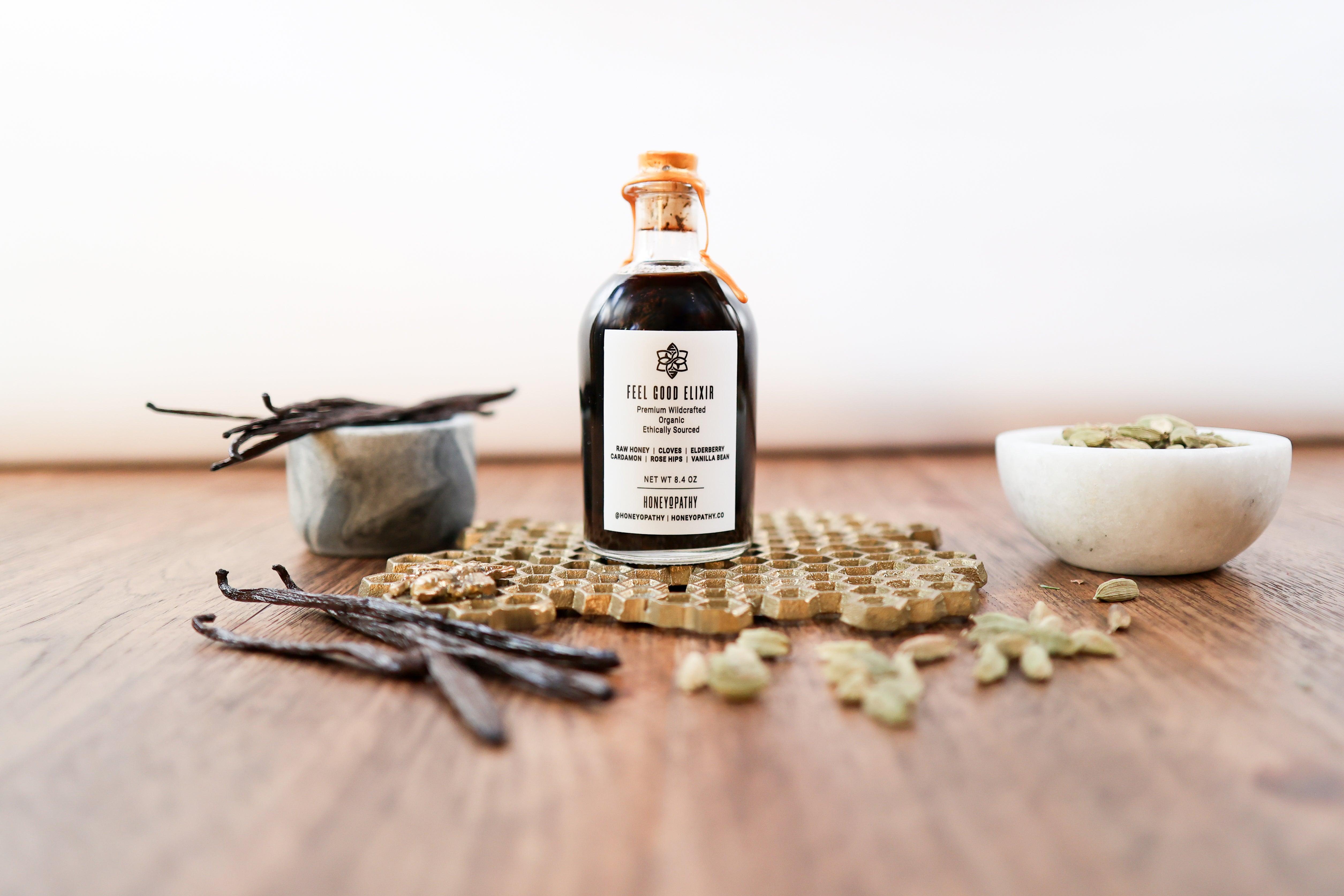
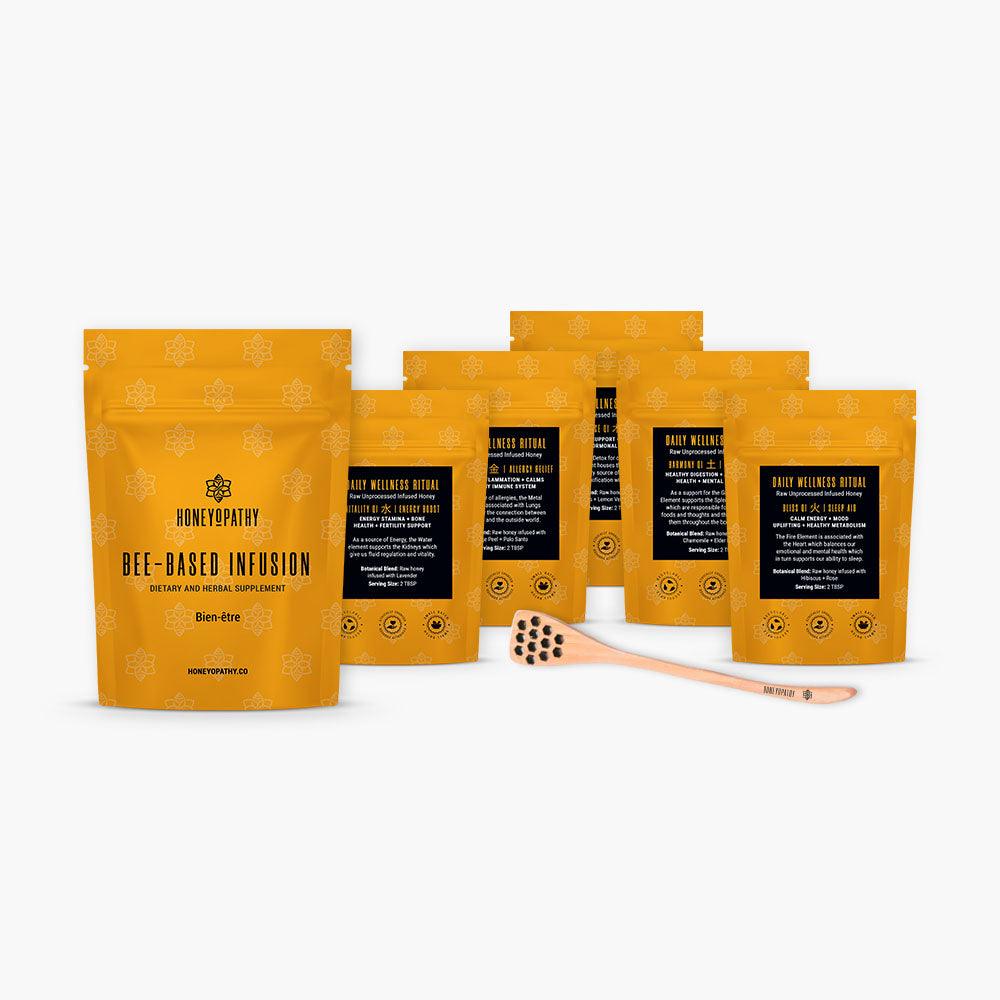
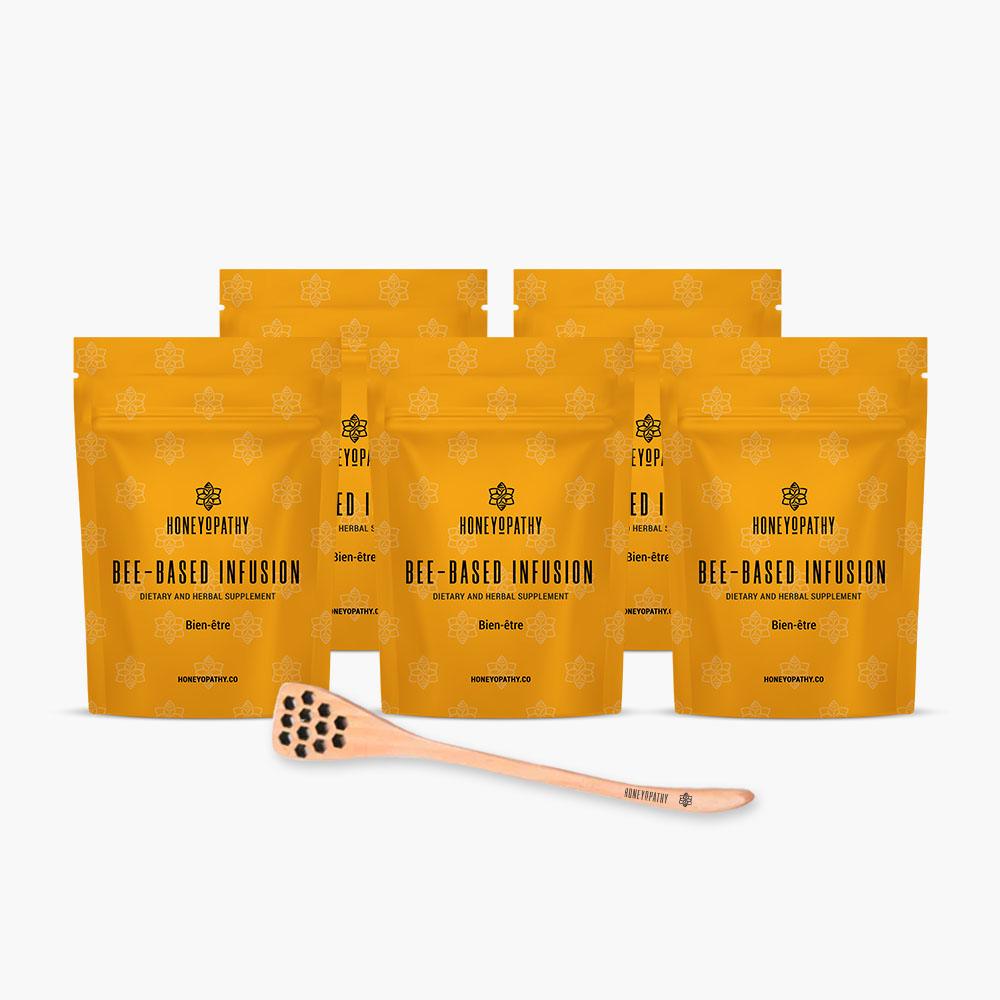

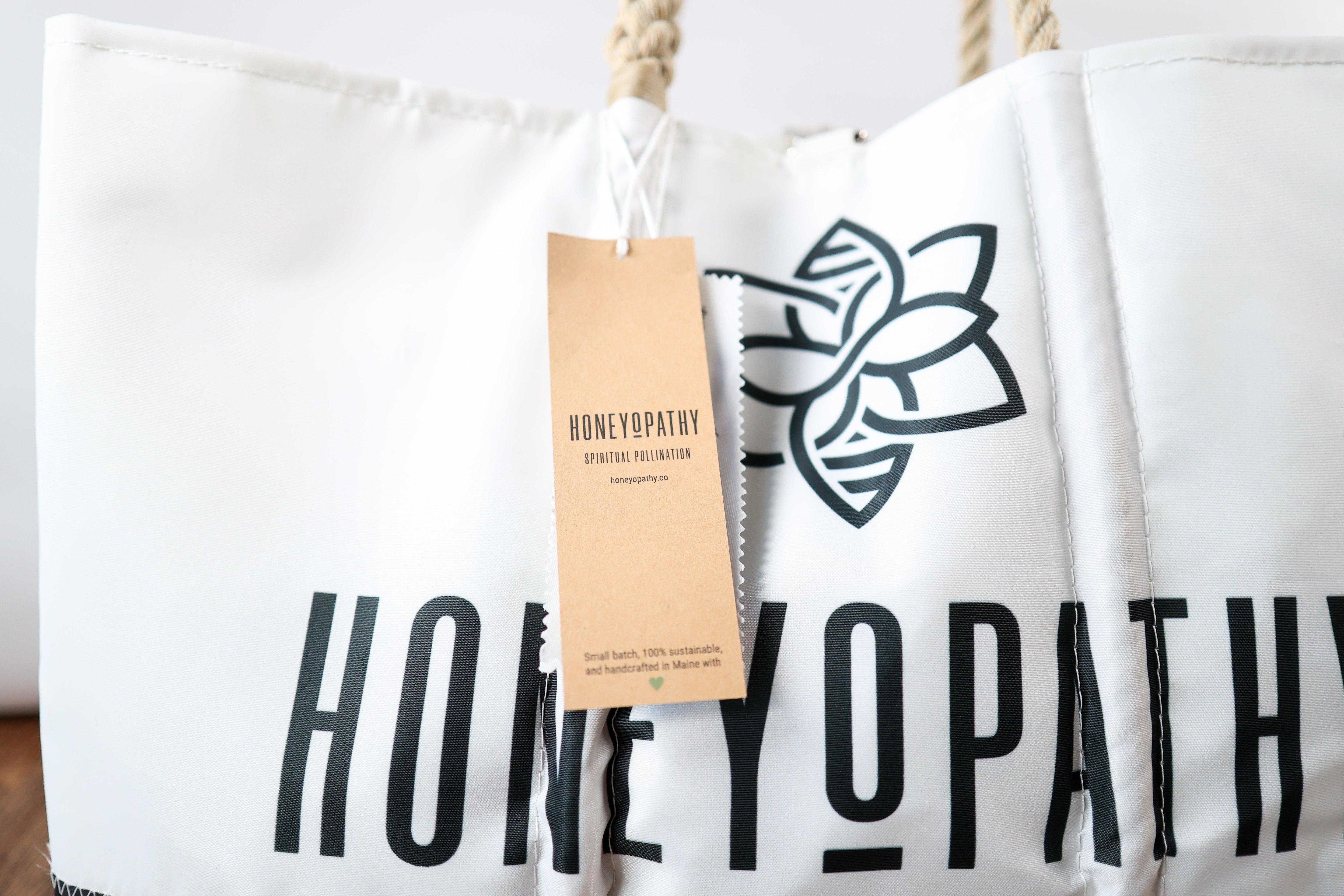












Leave a comment